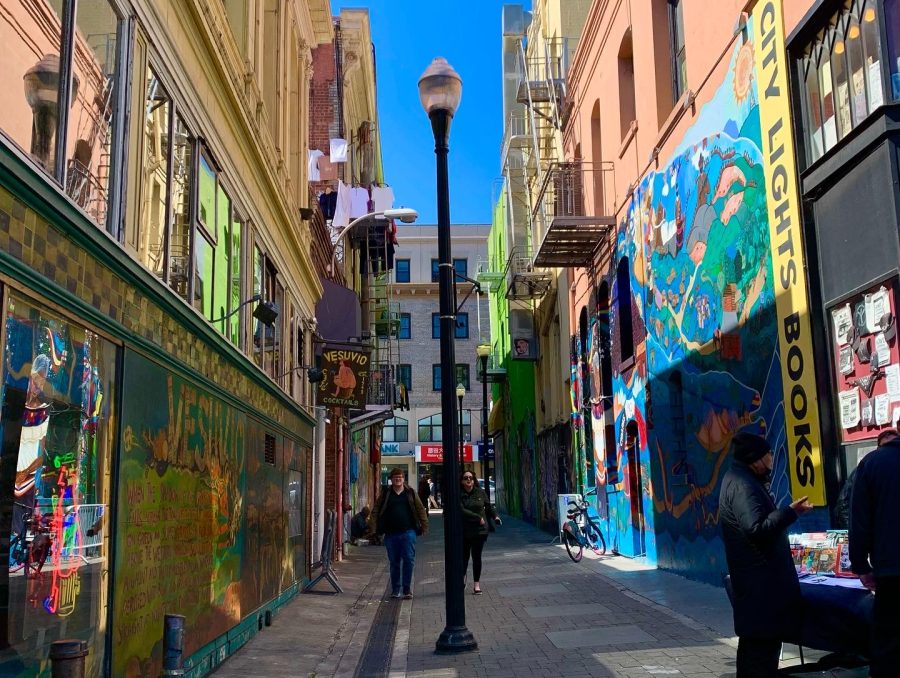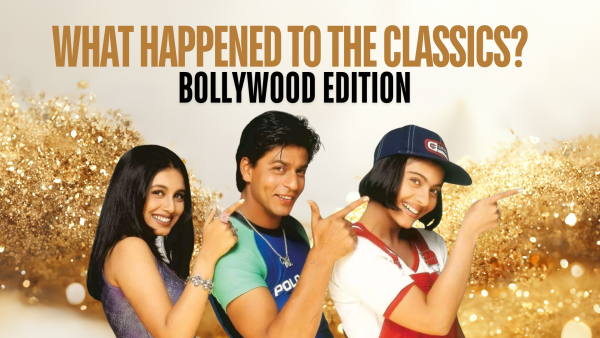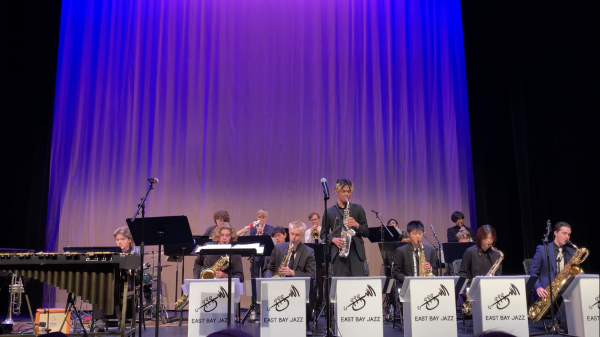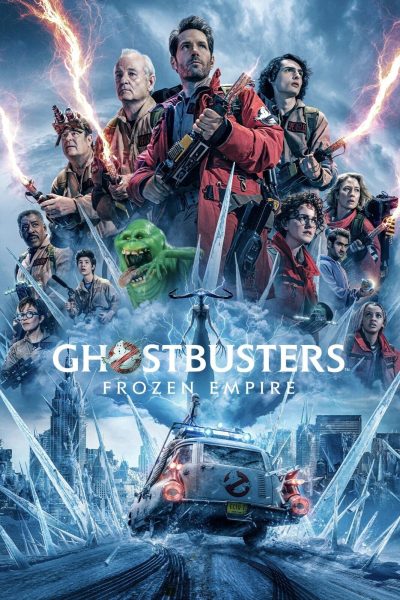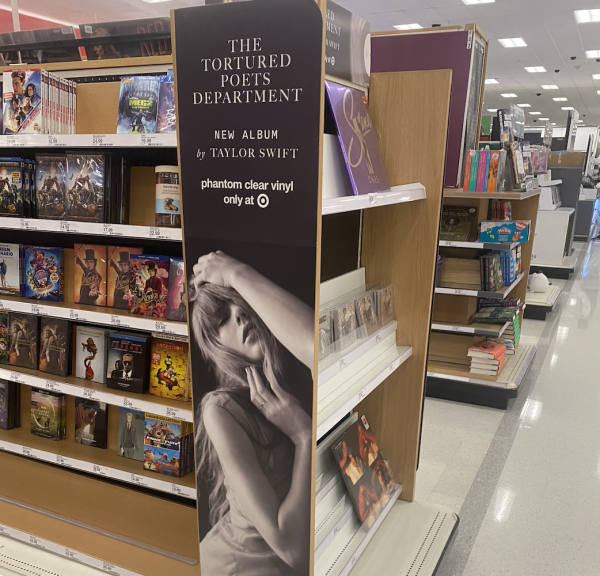“Three Writers Does not a Generation Make”: What is the Beat?
Review from the Beat Museum
The walls of City Lights Booksellers & Publishers display countercultural themed graffiti.
The Beat Museum on 540 Broadway, San Francisco is a designated memorial for the Beat Generation literature movement from the 1950s. Photos, letters and real artwork from famous Beatnik writers featured in exhibits spread values of the Beat—Compassion, Tolerance, and of Living One’s Individual Truth—among the current generation.
Origin of the Beats: leading the countercultural stream in the 50s
“The 50s were based on this idea of consumerism on new products, and identifying yourself with new products, the new washing machine, the new car, the new whatever… And some people began to wonder, ‘How was buying all this new stuff making you a better person? How does that make you a better human being? How are you improving the world or life by having materialistic wealth?’” said Thomas Dalldorf, AV social studies teacher.
A group of youths rose and started doubting the social framework as well as the fire in a far east forest. They were beginning a countercultural stream of Jazz, anti-capitalism, anarchist, hippie, commune, and anti-war ideas. Meanwhile, consumerism and democracy was spreading in propagandizing style throughout the whole nation, and mainstream culture was trying to keep women at home to maintain their housewife position.
Jack Kerouac, Allen Ginsberg and William S. Burroughs were the three central figures who led the Beat cultural movement. In the middle of the 40s, before the term “Beat” came out, a group of young writers were influenced by the Romantics and the Lost Generation from the 20s, thus gaining inspiration from writers like Willian Black and F. Scott Fitzgerald about the idea called “the New Vision.”
“The Beats were really interested in pressing upon a lot of formal elements of writing that came before them. Somebody like Jack Kerouac who is really interested in spontaneous gathering in his writing…he is using a lot of punctuations, his sentences are just running together and he is not interested in being grammatically correct, he is interested in trying to capture the experience or the spontaneity in the moment,” said Lisa Perry, AV English Teacher.
Thus, a poetic style called the Beat was created and wielded wildly throughout the west coast, especially in San Francisco.
The Beat and Hippie
In 1965, movie The Sound of Music was released, with it wielding an unprecedented influence in musical drama history for winning the Oscar, the melody of Edelweiss reached to every piece of land in the United States. While a new-born generation was falling into their profound sleep accompanied by the sweet singing, the first group of US troops stepped onto a far east forest—Vietnam.
On the home front, capitalism had already shaped society to an almost unchangeable model, the only choice for most of the youths is becoming part of the middle-class and living a standard life. With questions about the fire in Vietnam, the new generation left schools, jobs, and urbans, and walked onto the streets to find their pursuing meaning of freedom. They got their name—the Hippie.
“The beats rejected all of that [main culture], and said, ‘No, I want to live life for my own, I want to maybe find a different kind of consciousness.’ And so they experimented with marijuana…then [they] kind of morphed into the hippies in the 1970s that experimented with mind altering drugs like LSD. I would say that [the Beat] was more part of the hippies in the 60s and 70s…They were questioning Western ideas…and practicing Eastern religions,” said AV history Teacher Mairi Wohlgemuth.
With discovering LSD, a cheap and effective Hallucinations, a Utopian world becomes visible among the Hippie. Drugs, sex, those mental excitement become the treasure those youths found, many of them chose to get on a stopped-by Hippie bus and started their way on the road without endlessness. On the Road by Jack Kerouc, which is given the title of the Bible of the Beat Generation, documents this kind of life, that of a group of youths who drive across the United States to pursue many beliefs from the Hippie.
“[The Beat and the Hippie are correlated because], first of all, they didn’t look at material wealth…It was really about self improvement. It was about looking inward, how do we make ourselves better humans or, better [and] more peaceful beings, more cohesive, in terms of living with the Earth, as opposed to fighting the earth, destroying the earth, destroying each other,” said Dalldarf.
The Modern Perspective of the Beat
With the Vietnam War ended in 1975, the countercultural movement came to a level of end. Less Beatniks would choose to live a commune lifestyle, instead, they focused more on literature and mental fulfillment.
“They are openness to try new forms in terms of writing. I find that pretty inspirational. I think form can be useful as a writer but I think it can also box us in and not let us see things from multiple perspectives. And I would say maybe that’s something that’s translated to the current generation,” said Perry.
The Beat represents spirits breaking from traditional social frameworks which are still mentally affecting the young generation nowadays.
“I think it’s important for students to know the beats in the perspective that, like every so many generations, there are those who question authority and those people who question mainstream thought we would call dissenting opinions…[which I think] are really important to study to see that one can question authority and blaze your own path, instead of taking a path that you think everyone else is,” said Wohlgemuth.
Your donation will support the student journalists in the AVJournalism program. Your contribution will allow us to purchase equipment and cover our annual website hosting costs.

